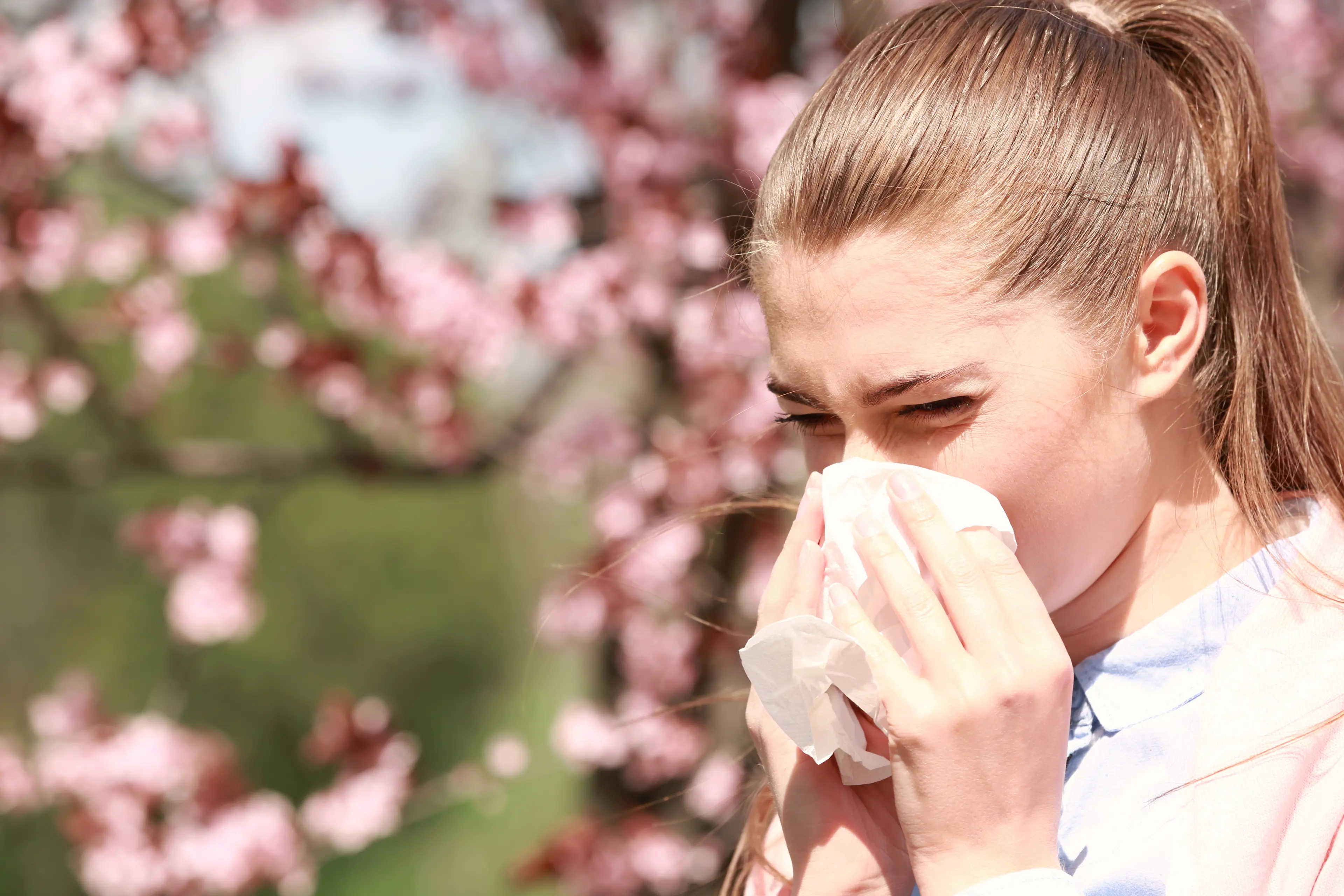PHOTO
Sneezing young girl with nose wiper among blooming trees in park
Doctors and health experts are reminding locals to stay on top of hay fever, allergies, and asthma as pollen levels continue to rise across the region.
The Royal Australian College of General Practitioners (RACGP) has highlighted that longer pollen seasons, influenced by climate change, are leading to increased allergen exposure across Australia.
RACGP President Dr Michael Wright said it’s vital that people living with asthma or hay fever carefully manage their conditions and keep their treatment plans up to date.
“Hay fever is very common, and it’s vital patients who experience allergic rhinitis and asthma manage their conditions very carefully,” Dr Wright said.
“This includes consulting with your regular GP to ensure you have an asthma plan in place and are using preventive medications as needed.”
Dr Wright also reminded patients that thunderstorm asthma, which can trigger sudden and severe breathing difficulties, tends to strike between October and December, particularly in south-eastern states.
Local pharmacist Andrew Rice said that many people are already feeling the effects of spring pollen and should be managing their symptoms proactively.
“Make sure you avoid your triggers for hay fever as much as you can,” he said.
“Have antihistamines and nasal sprays ready to go, and make sure your house is cleaned regularly to avoid dust build-up being a trigger.”
Mr Rice also recommended rotating allergy treatments to maintain their effectiveness.
“Periodically change the antihistamine you’re taking,” he said. “If you take the same one all the time, your body can build up a tolerance and it can lose effectiveness.”
He added that there are two main types of nasal sprays, antihistamine sprays, which provide fast relief and help dry out the nasal passages, and steroid sprays, which treat inflammation but take a few days to work.
The Sydney Children’s Hospitals Network is also encouraging parents to keep an eye on allergy symptoms in children, especially when cold-like symptoms seem to appear at the same time each year.
Hay fever affects around one in ten teenagers and one in twenty younger children in Australia, and can also trigger asthma in some cases.
For those managing asthma, Mr Rice stressed the importance of sticking to a treatment plan.
“Make sure you are following your written asthma action plan and that you have an ample supply of your reliever and preventer,” he said.
“You should be using your preventer regularly to avoid overuse of the reliever.”
With pollen counts high and storms still to come, locals are encouraged to review their asthma and allergy management plans and seek advice from their doctor or pharmacist if symptoms worsen.





